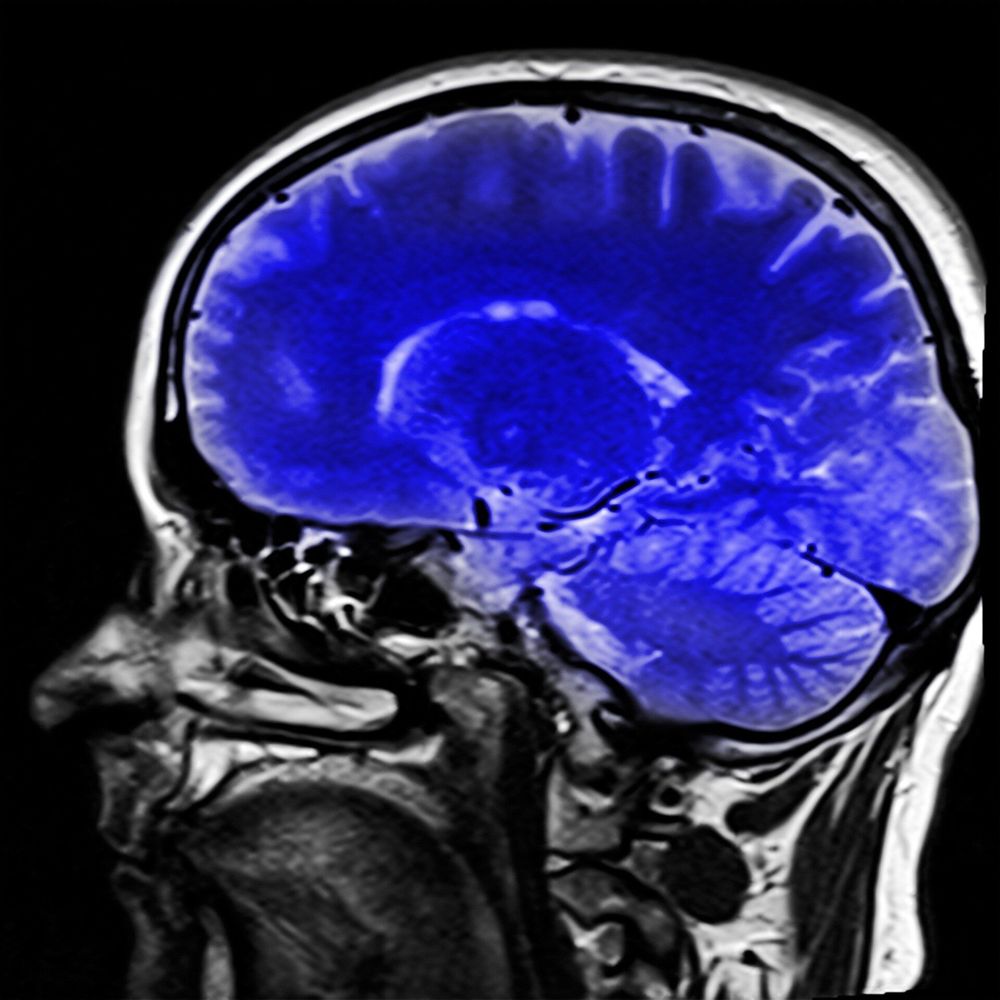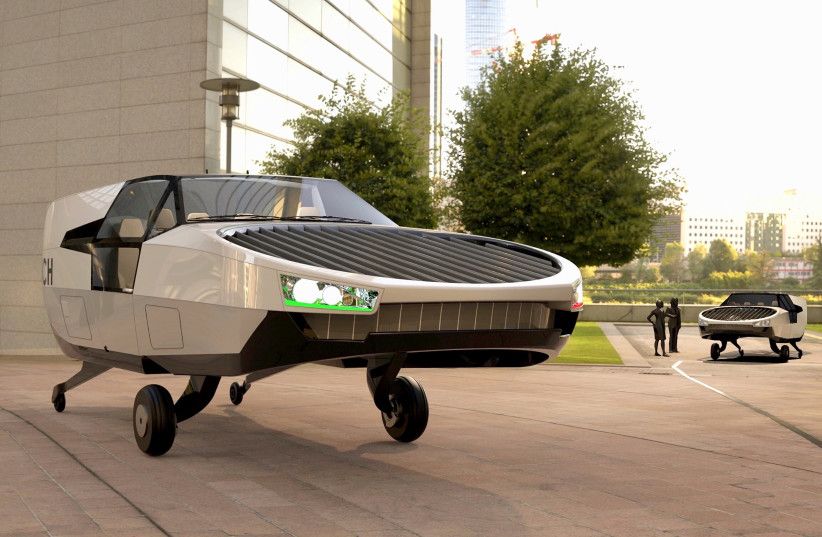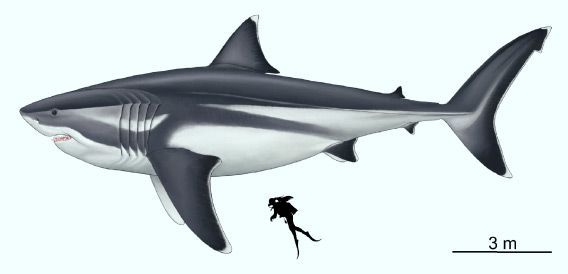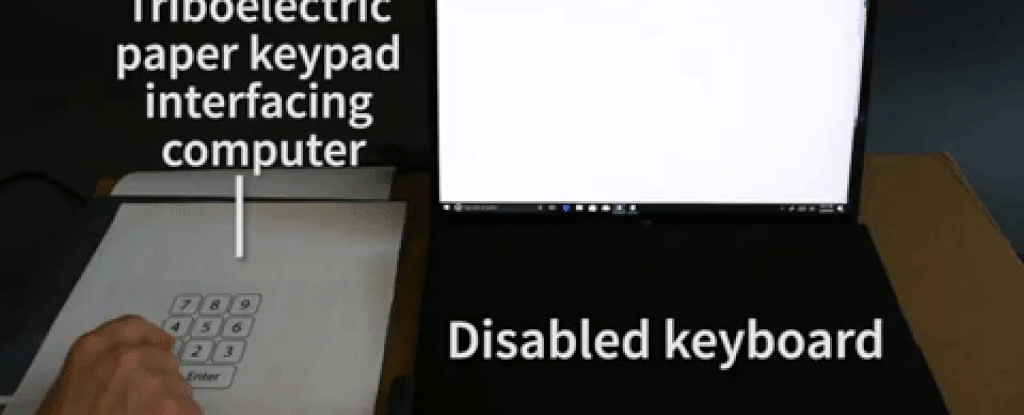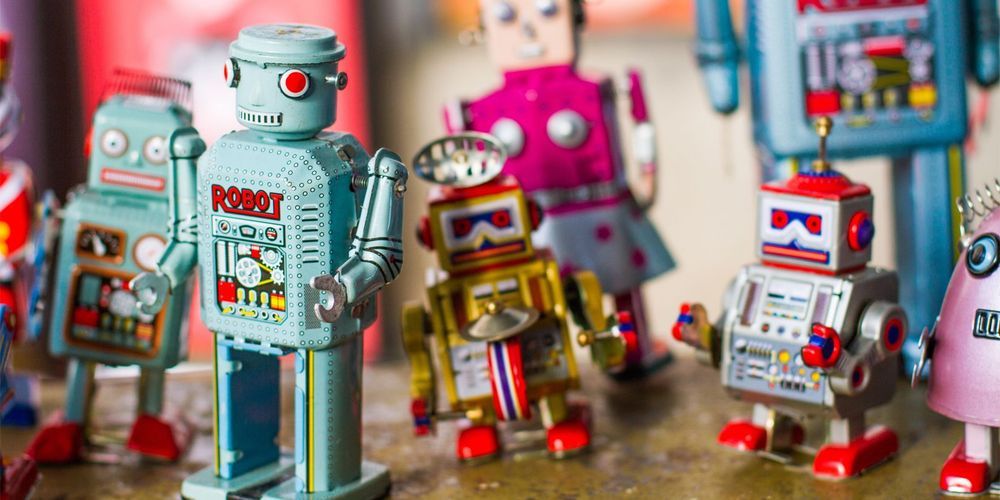Research carried out by a University academic has shed new light on the fundamentals of how, and why, we make the decisions we do.
In two separate studies, UKRI Future Leader Fellow and Lecturer in Psychology, Dr. Elsa Fouragnan has used her expertise in functional magnetic resonance imaging (fMRI) and computational analysis to discover exactly what happens in the brains of human and non-human primates when certain kinds of decisions are made in different contexts. Both pieces of work were carried out in collaboration with researchers at the University of Oxford’s Department of Experimental Psychology.
The first, published in Nature Communications, explores how and where the brain encodes a memory of the general reward rate in an environment, what the team describes as the ‘richness’ of the context in which decisions are made.
